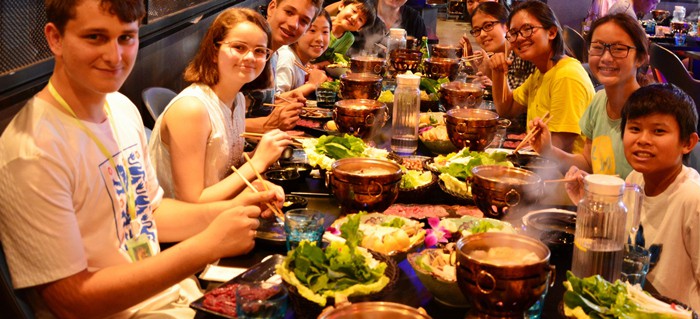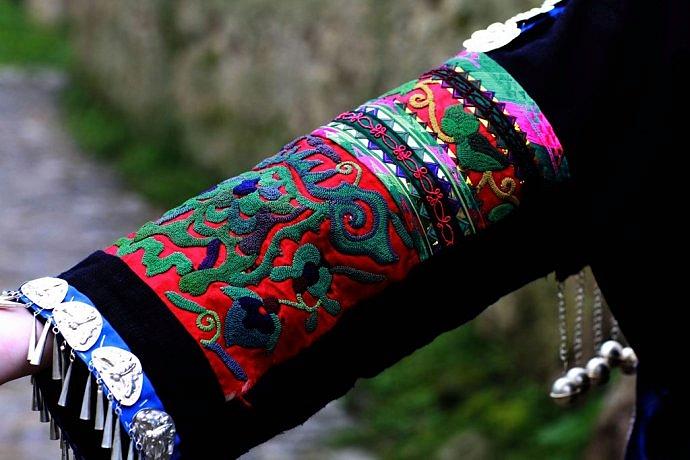
Take cloth as paper, thread as ink and needle as pen
The Miao people, hidden in the mountains, are an ethnic group without words or any written records. They plied their needle and trace the flying, birds, insects and fish into pieces of history, which have been handed down from generation to generation.
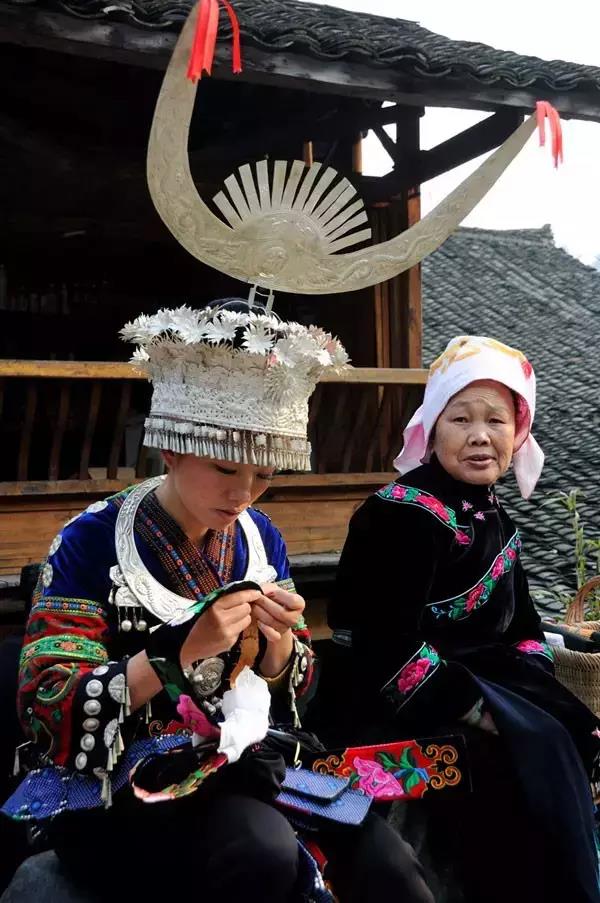
The origin of Miao embroidery is related to the migration of Miao people to the south.
Legend has it that a Miao heroine, a young female warrior named Lan Juan, embroidered pictures on her clothing as a way to record her people’s escape from advancing enemies at a time when the Miao lacked a written language for preserving their history. She marked different landmarks with different colored threads: embroider a yellow line when they across the Yellow River, a blue line for the Yangtze River, and a symbol mark for mountains. And at the end of the journey, her dress was covered from top to bottom in beautiful intricate embroidery. Today, the wedding dress of a young Miao bride will be similarly decorated as a way of honoring her heritage.
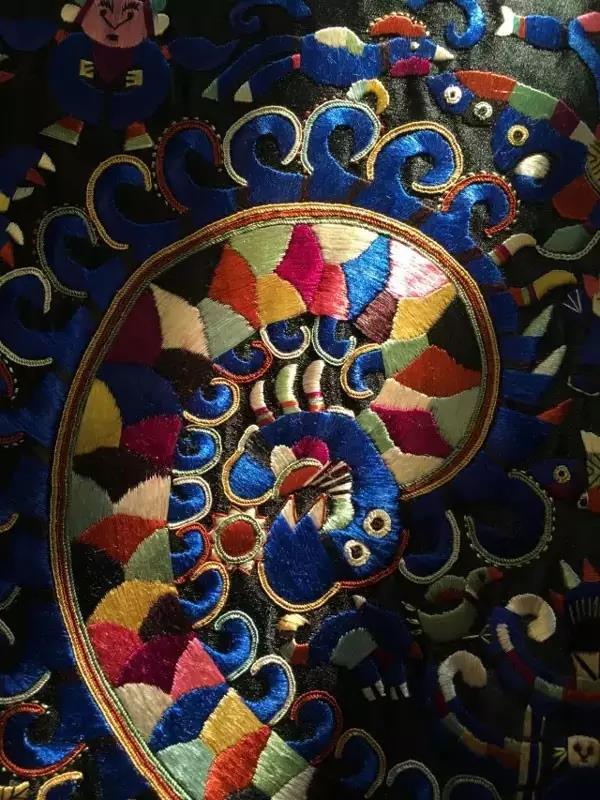
The whole life is dedicated just for a perfect wedding dress, regardless of the cost, and finely crafted. Miao girls embroidered the vast mountains, rivers and eternal time on their clothes.
It is not only the cloth that they sew, the beautiful patterns that they embroider, but also the hope and expectation for love and life.
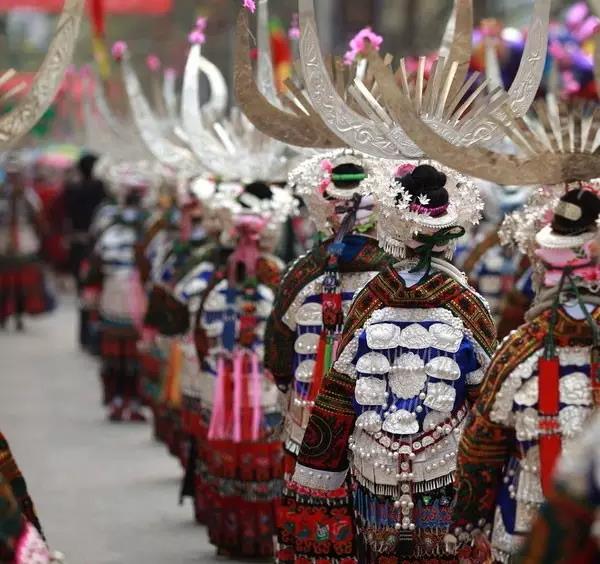
The story of the Miao girl begins with these embroidered clothes.
Young Miao girls will begin to learn how to embroider and make needlework around the age of 7 or 8, with the goal of perfecting their art by the time they are 16 or 17. And then, for the rest of their lives, they will no longer discard the embroidery needle.
Embroidery skills are handed down from mother to daughter and from the elder to the younger generation. It has been spread for thousands of years through word-of-mouth.
The complete set of Miao embroidery techniques should start from the weaving, and then complete the whole process of opening the fell, inserting weft, tightening, dyeing, embroidering and so on. According to the tradition of the Miao ancestors, singing while embroidering, it is the most complete process of Miao embroidery.
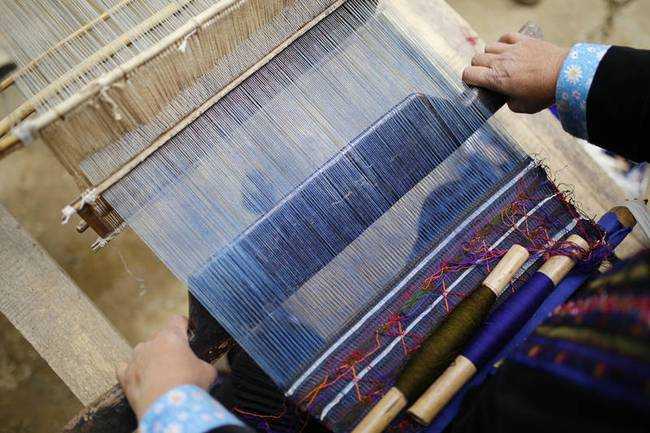
Miao embroidery favors bold basic colors, red and green are prominent, and other colors include yellow, orange, bright blue, and white, usually on a blue or black background. These bold color matching, exaggerated vivid motifs and symmetrical and harmonious patterns have made the delicate and colorful Miao embroidery.
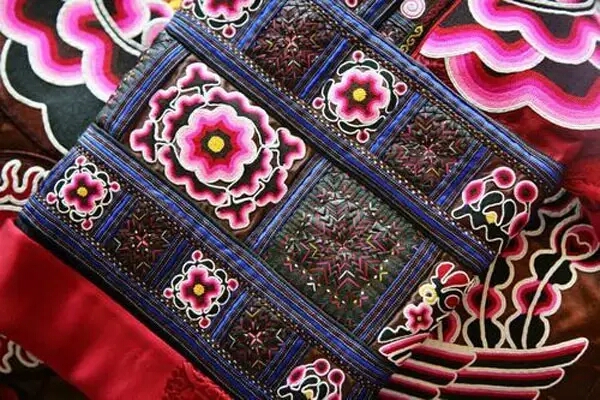
Miao people believe that their heavenly ancestors will always have their eye on each of their stitches and threads, and will be punished by their ancestors if they don’t embroider well.
Miao people’s devotion to the spirits of their ancestors gave Miao embroidery eternal power, which made them create exquisite Miao costumes.
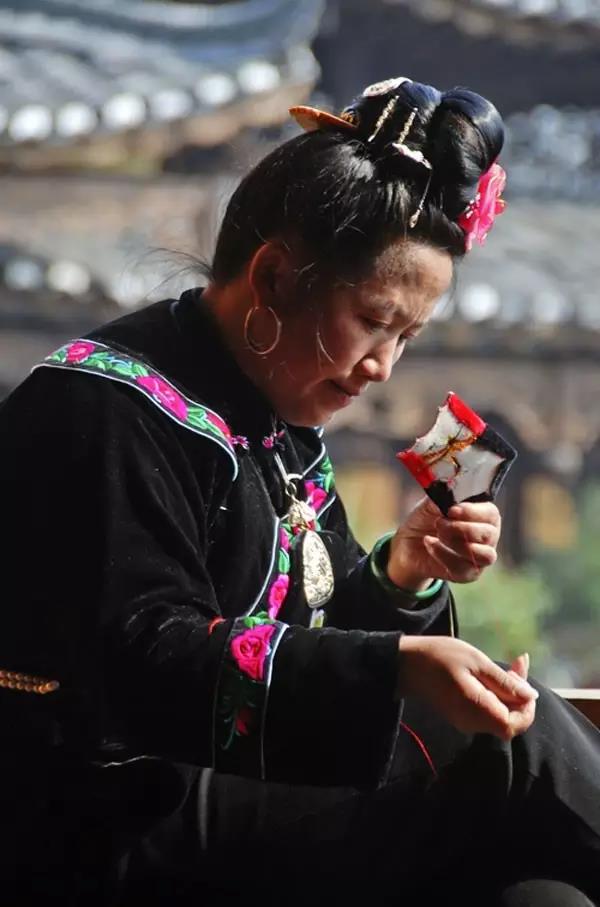
In 2013, since the mysterious Miao embroidery went stepped onto the stage in Paris, it has become an indispensable element in the international fashion. From clothes, shoes, bags to earrings, jewelry, even daily necessities, the beauty of Miao embroidery can be found almost everywhere.
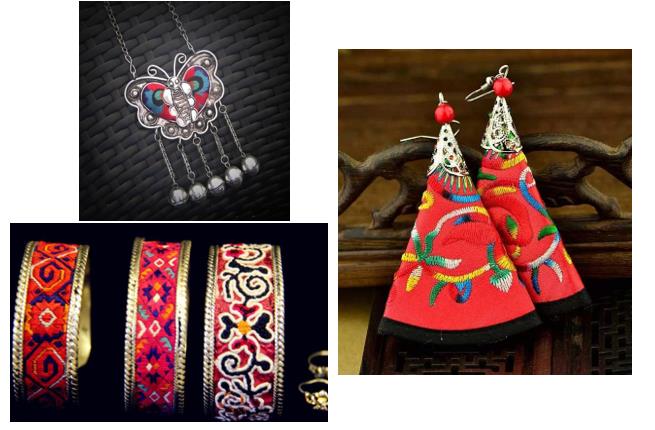
On May 20, 2006, Miao embroidery was listed in the first batch of national intangible cultural heritage.
Learn Chinese on 1-on-1 online Chinese course at https://www.realinshanghai.com/learn-chinese-online


